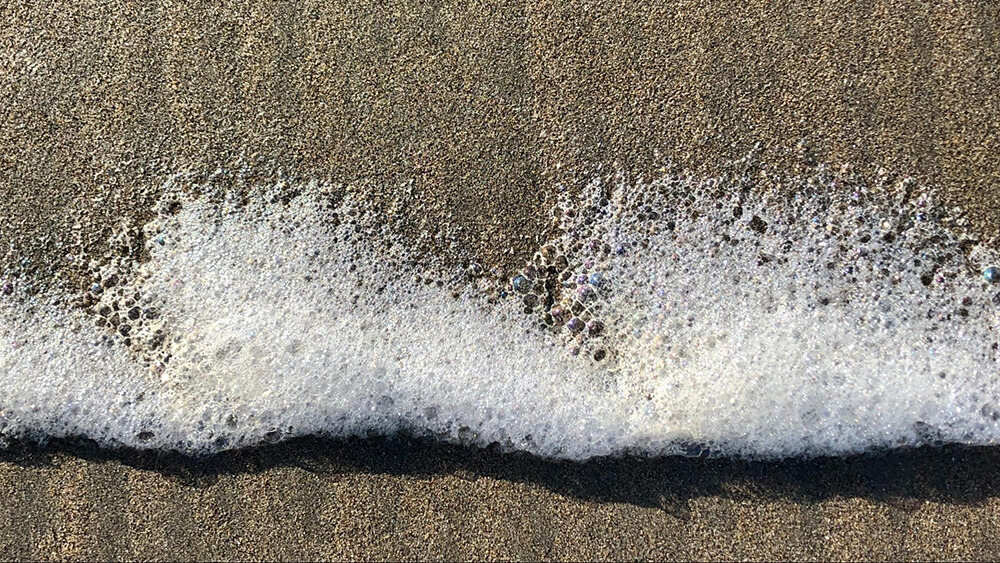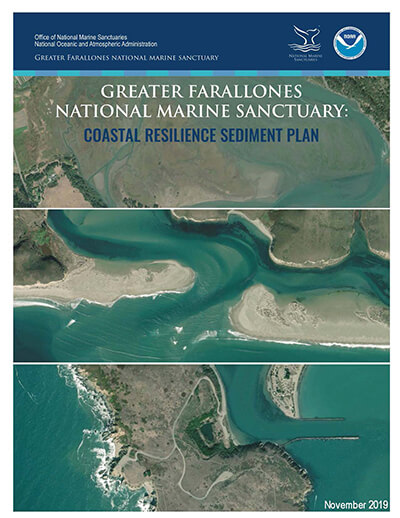Sediment in the Sanctuary

Human activities (e.g. the construction of sea walls, jetties, and other development) along California’s North-central coast have interrupted the natural flow of sediment, and the effects of climate change (e.g. rising sea levels and greater storm intensity) are increasingly impacting its shoreline (Climate Change Impacts; PDF, 945 KB). The Sediment in the Sanctuary program was born out of the growing need to identify and adapt to these impacts and vulnerabilities.
In 2016, Greater Farallones National Marine Sanctuary identified sediment-related adaptation strategies in one-third of its climate resilience recommendations (Climate Adaptation Plan; PDF, 684 KB). The goal of the Sediment in the Sanctuary program is to address climate-related shoreline challenges with nature-based solutions along the coastline of Sonoma, Marin, San Francisco, and San Mateo counties through regional collaboration and on-the-ground action.
Building a Regional Approach

To address the challenges facing the north-central coast, Greater Farallones National Marine Sanctuary is increasing its efforts to understand how the coast and its habitats are changing, and how to adapt to future conditions. In November 2019, the sanctuary released its Coastal Resilience Sediment Plan (PDF, 4.96KB). The plan is a first-of-its-kind document that attempts to align planning efforts, coastal managers, and guidance documents across the region to achieve collaborative, holistic, and nature-based solutions to increase shoreline resilience.
The plan provides a 50-year road map to help shorelines on the north-central California coast adapt to hazards such as severe storm surge, sea level rise, erosion, flooding, and human impacts. It identifies 29 locations for partnership on research, monitoring, and education, along with the use of nature-based techniques to restore and protect coastal habitats while increasing coastal resilience. To help carry out the plan, the sanctuary founded a first-of-its-kind North-central California Coastal Sediment Coordination Committee, a group of 17 federal, state, and local agencies committed to collaborating on coastal resilience initiatives across the region.

In 2024, the NCCSCC led by Greater Farallones National Marine Sanctuary achieved a major milestone to increasing coastal resilience by publishing the Efficient Permitting Roadmap: A guide to navigating the regulatory process for coastal sediment management actions. (https://nccscc-noaa.hub.arcgis.com/pages/roadmap). The Roadmap navigates applicants through the multi-agency permitting processes. The intent of the Roadmap is to provide an efficient path forward for nature based solutions by providing tools to navigate the permitting process.
Working together we can build stronger and more resilient coastal communities.
Download the Coastal Resilience Sediment Plan (PDF, 4.96KB)

